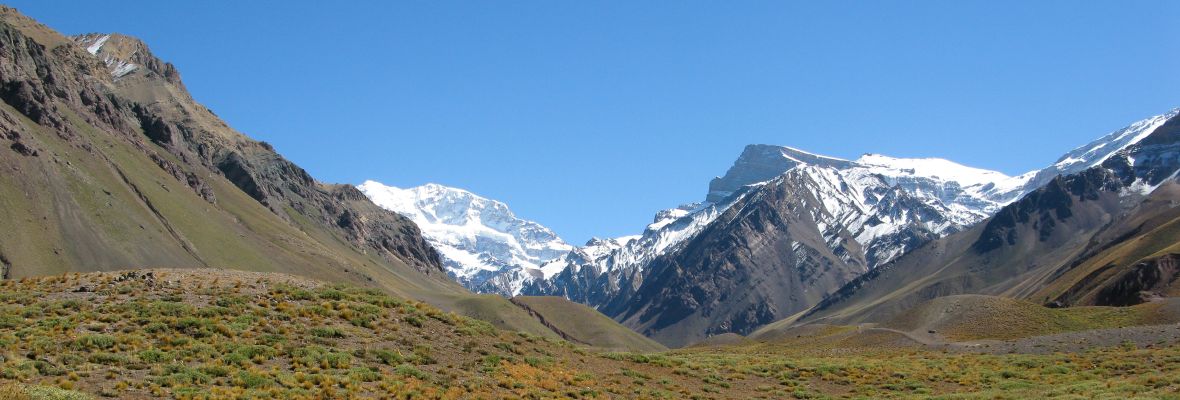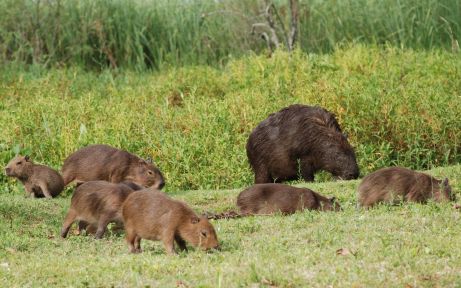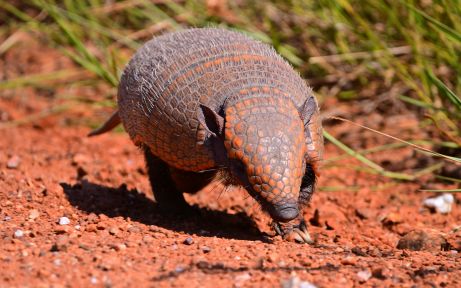We are thrilled to announce the official launch of our new website, Polar Latitudes Expeditions. Discover more in our latest news update, and visit our new website polar-latitudes.com.
Argentina’s vast and varied geography supports an incredibly diverse range of ecosystems, making it one of the most biodiverse countries in the world.
Argentina's diverse geography is mirrored in its rich tapestry of wildlife, spanning from the subtropical rainforests in the north to the dramatic landscapes of Patagonia in the south. Each region boasts unique ecosystems that support a variety of species adapted to their environments.
Facts about Nature and Wildlife of Argentina
- South America
- Argentina









